Psychological teaching methods play a crucial role in shaping the learning environment and enhancing student outcomes. Approaches such as behaviorism emphasize observable actions, while constructivism promotes active participation, both of which can significantly impact how students engage with material.
Emotional intelligence is also vital in creating a nurturing classroom atmosphere that fosters resilience among learners. Understanding and applying these principles effectively could unlock the potential of each student, leading to a more enriching educational experience.
Exploring various strategies can help educators create a classroom that not only supports academic growth but also cultivates emotional and social skills essential for lifelong learning.
Behaviorism in Education
Behaviorism in education emphasizes the importance of observable behaviors and how they can be influenced through reinforcement and punishment. This approach can be powerful when applied effectively in teaching. Understanding that behaviors can change based on consequences allows educators to foster a more supportive learning environment.
In my experience, using reinforcement strategies has proven essential. For example, when a student performs well on a task, I acknowledge their effort right away. This immediate positive reinforcement boosts their confidence and motivates them to continue engaging in the desired behavior.
When I notice students facing difficulties, I strive to identify the reasons behind their struggles and adapt my teaching methods accordingly. Sometimes, a small reward or encouragement can ignite their motivation.
It’s crucial to recognize that behaviorism involves more than just addressing negative actions; it emphasizes the importance of reinforcing positive behaviors. By concentrating on observable actions, educators can effectively guide students toward success.
When these principles are applied with empathy and understanding, we not only influence behaviors but also foster a community of learners who feel valued and inspired to progress.
Constructivist Approaches
Constructivist approaches in education prioritize the active role of students in their own learning process. Unlike behaviorism, which emphasizes observable actions, constructivism encourages learners to construct their understanding through engagement and interaction. This method nurtures an environment conducive to active learning.
When students participate in hands-on activities, discussions, and problem-solving tasks, they take ownership of their educational journey. Observing how they create connections and insights makes the content more applicable to their lives is truly inspiring.
Promoting student autonomy is crucial in this approach. I support learners in exploring topics that excite them, enabling them to establish personal goals and reflect on their progress. This independence enhances their confidence and develops critical thinking and collaboration skills.
When students feel empowered, their investment in their education increases.
In my experience, employing constructivist strategies cultivates a classroom atmosphere filled with curiosity and inquiry. Students learn from one another, creating a collaborative space for knowledge sharing.
The focus is on guiding them to discover information together, fostering a supportive community of learners. By emphasizing active learning and student autonomy, we enable our students to excel in their educational endeavors.
Cognitive Strategies
Cognitive strategies are crucial for students as they influence how information is processed and retained, linking knowledge acquisition with comprehension. My exploration of these strategies has highlighted the importance of metacognitive awareness and cognitive flexibility in enriching learning experiences.
When students grasp their thought processes, they can adjust their methods for various situations, facilitating deeper understanding.
Here are three effective cognitive strategies worth considering:
- Self-Monitoring: Encourage students to frequently assess their comprehension. This practice allows them to identify when they need to modify their strategies or seek assistance.
- Visualization: Teach students to form mental images or diagrams related to concepts. This approach simplifies complex information, making it easier to understand and remember.
- Summarization: Ask students to rephrase what they’ve learned in their own words. This technique strengthens their grasp of the material and reveals areas that may require further exploration.
These strategies not only enhance learning but also empower students to take charge of their educational journey.
Social Learning Theory
Social Learning Theory provides valuable insights into how students gain knowledge through observation and interaction with others. This approach underscores the role of modeling behavior, where individuals learn not only from direct teaching but also by watching their peers. Observational learning is particularly powerful in educational settings, as it can significantly influence students’ attitudes and behaviors.
Key components of Social Learning Theory include:
| Concept | Description | Importance |
|---|---|---|
| Modeling Behavior | Learning through observation of others | Establishes standards for students to follow |
| Observational Learning | Gaining skills and knowledge via observation | Enhances engagement and knowledge retention |
| Peer Influence | The effect peers have on one another’s learning | Promotes teamwork and develops social abilities |
| Reinforcement Dynamics | Outcomes that impact learning experience | Boosts motivation and encourages persistence |
| Vicarious Experiences | Learning from the experiences of others | Fosters empathy and deeper understanding |
Understanding these concepts is crucial for educators aiming to create a collaborative and effective learning environment. By recognizing the impact of modeling and peer interactions, teachers can cultivate a classroom where students thrive through shared experiences.
Emotional Intelligence in Teaching
Emotional intelligence plays a crucial role in effective teaching. It enhances teaching methods and creates a supportive atmosphere for students. Here’s how we can integrate emotional intelligence in our classrooms:
- Empathy Development: Understanding students’ emotions fosters a safe environment where they feel appreciated and listened to. This bond enhances their educational journey.
- Self-Awareness Training: Reflecting on personal emotions allows educators to demonstrate emotional regulation. This practice aids in managing stress and enables calm, clear responses to students.
- Interpersonal Skills Cultivation: Establishing strong connections with students boosts their motivation and resilience. When students view teachers as approachable, it paves the way for effective communication and teamwork.
Incorporating emotional intelligence into teaching not only enriches the learning experience but also equips students with essential life skills.
For instance, using role-playing activities can help students practice empathy and build understanding.
Furthermore, recommending resources like “The Emotionary” can aid both teachers and students in recognizing and articulating feelings.
Conclusion
Teaching is a multifaceted process that goes beyond merely delivering information. It involves understanding how students learn and what motivates them, which is where psychological teaching methods come into play. These approaches incorporate principles from psychology to create an engaging and effective learning environment. For instance, behaviorism emphasizes the importance of positive reinforcement, which can encourage students to engage more actively in their education. Emotional intelligence, on the other hand, helps teachers connect with students on a personal level, fostering a supportive atmosphere that enhances learning.
Utilizing innovative methods instead of traditional techniques can significantly transform the classroom experience. For example, incorporating collaborative projects allows students to work together, enhancing both their social skills and understanding of the subject matter. Furthermore, integrating technology in teaching can offer interactive ways for students to engage with content, making learning more appealing and effective. Embracing these psychological methods not only benefits student engagement but also leads to deeper, more meaningful learning outcomes.

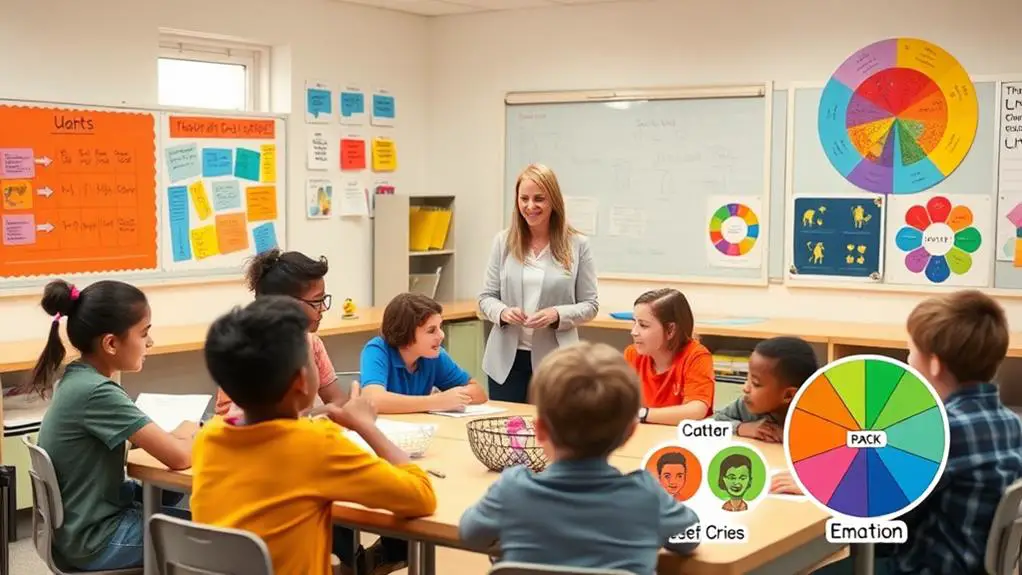
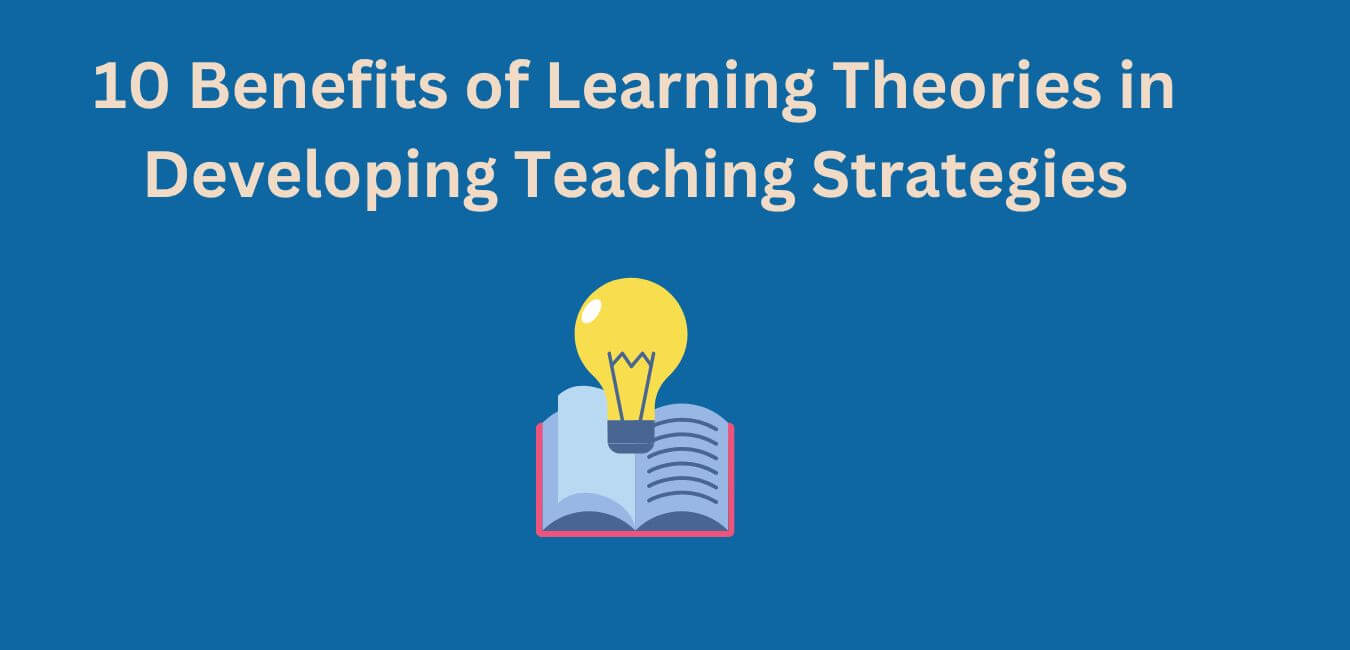
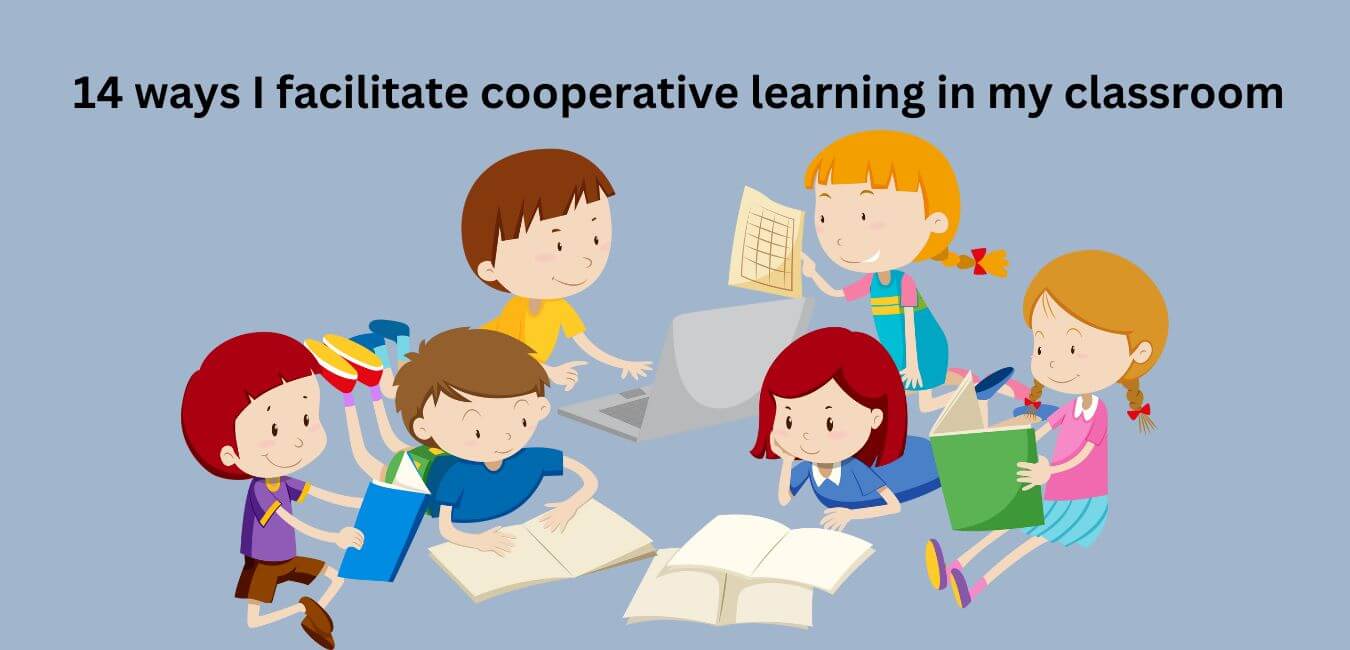
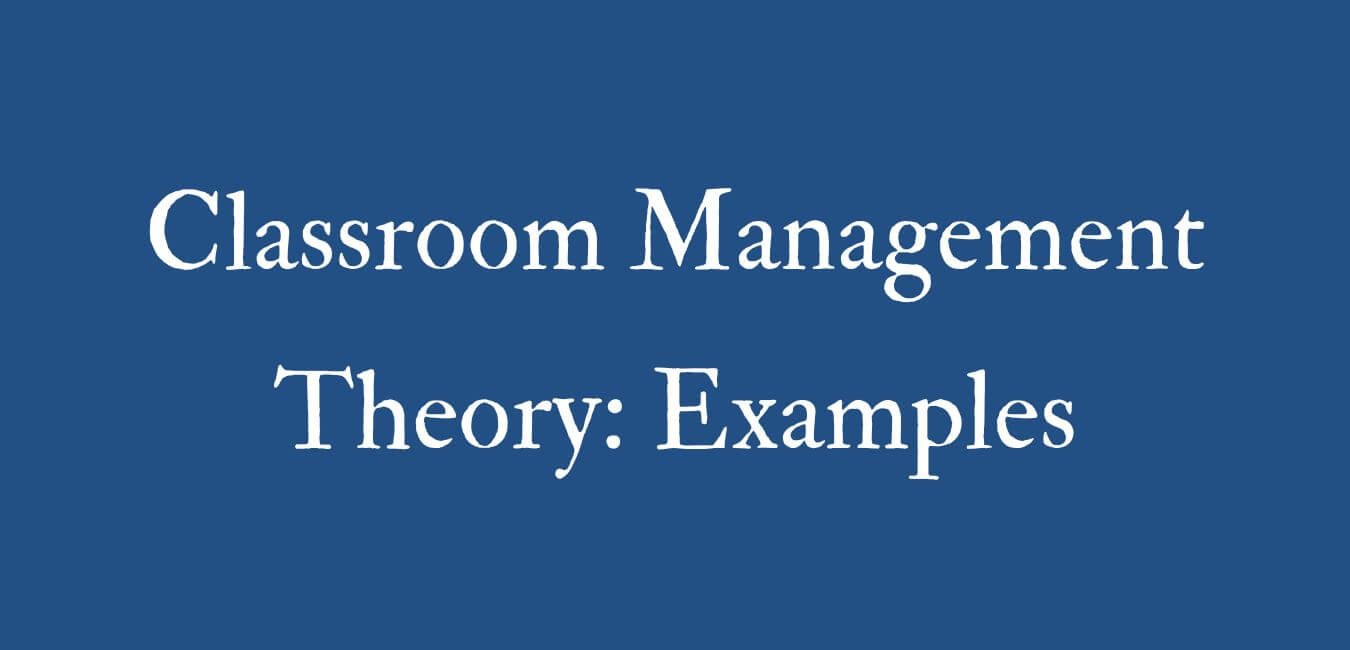
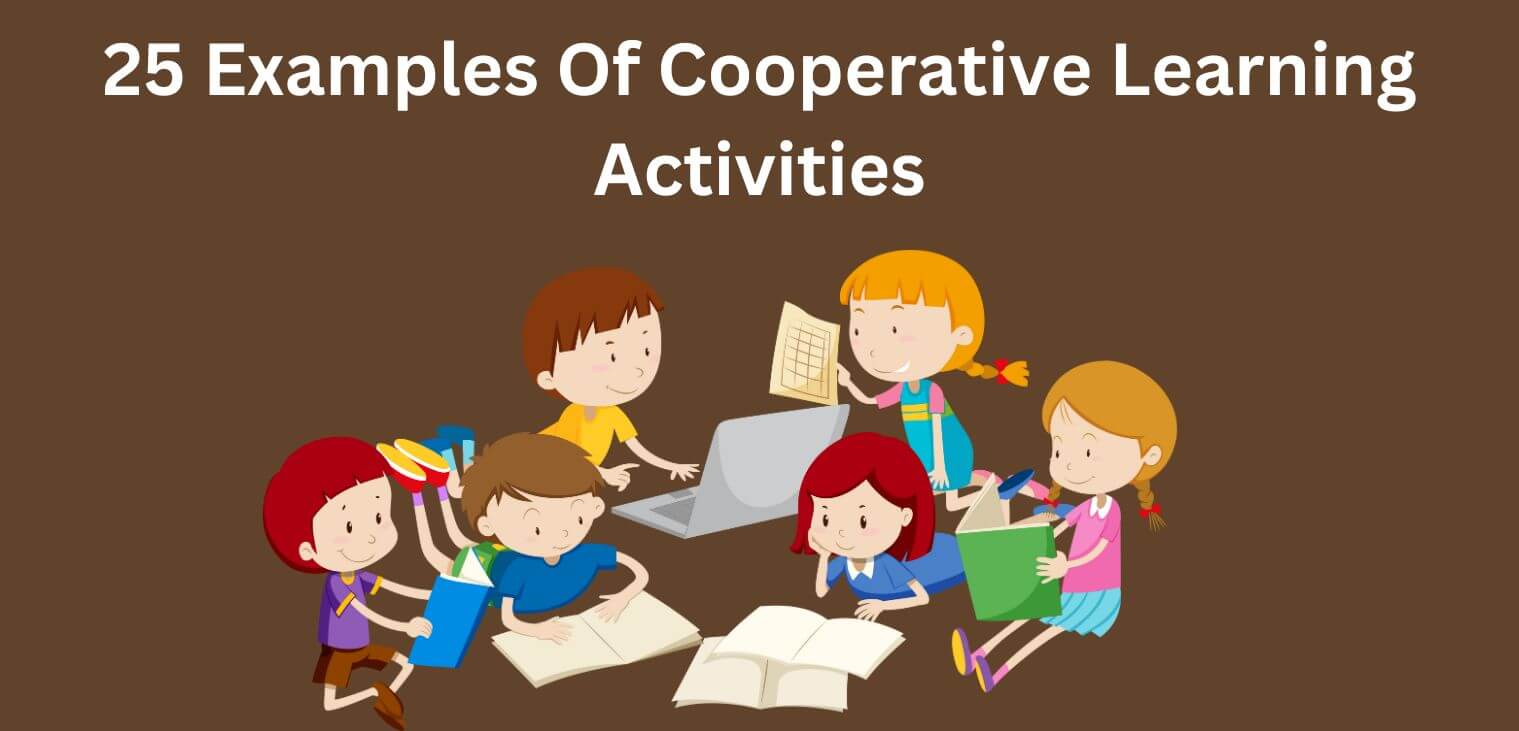
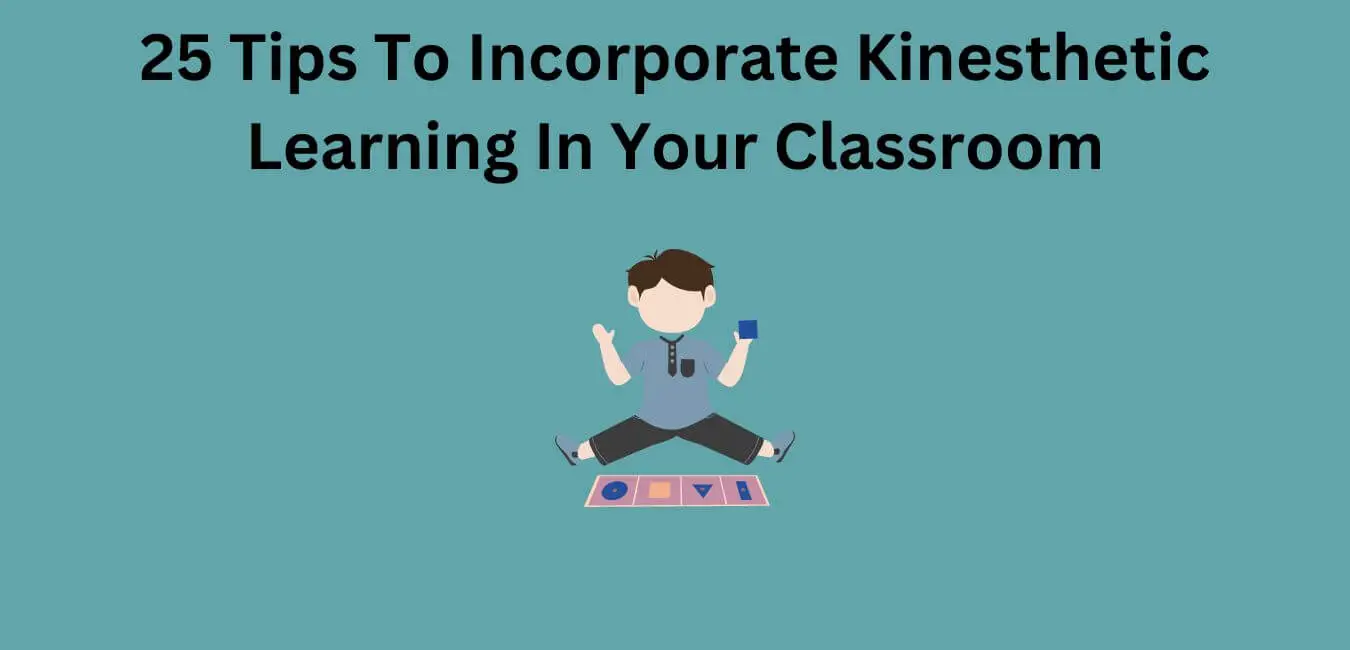



Leave a Reply